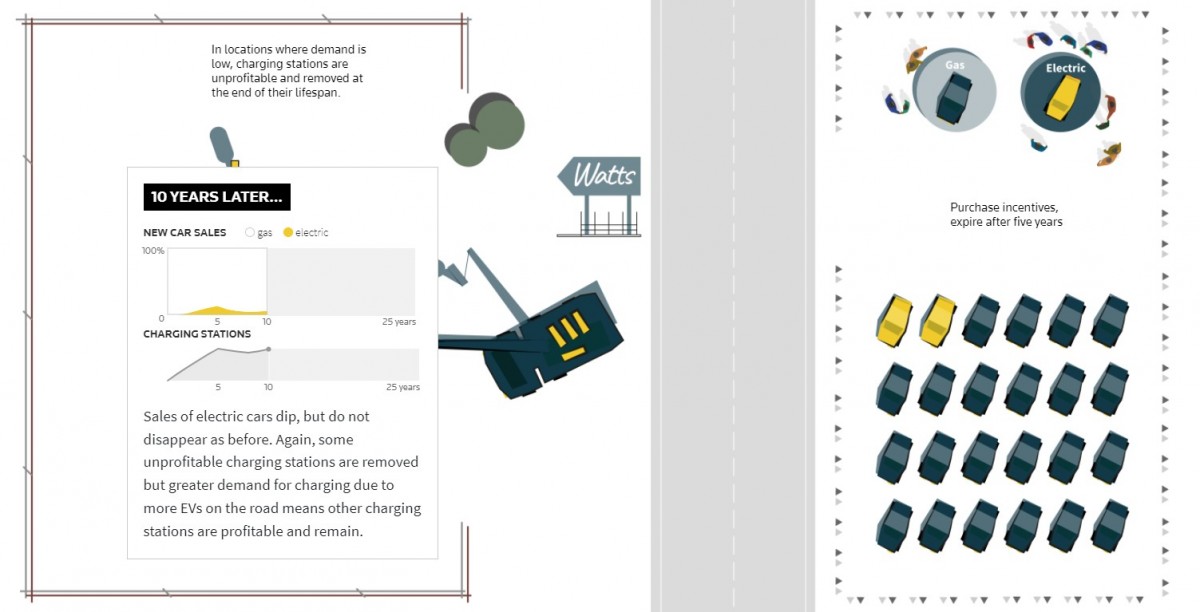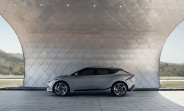Infographic shows the long road to EV adoption in the US
President Biden set the US on a path to become carbon-neutral by 2050 and switching away from gas-powered vehicles is a large part of that. However, currently less than 1% of vehicles on American roads are electric.
There are a lot of factors to consider when trying to project the adoption of EVs decades from now. Reuters has prepared an infographic to break down the challenge in understandable terms.

A major issue is the replacement rate – there are 250 million vehicles on the roads now, but only 17 million new cars are sold each year. President Biden’s plan is that by 2030 half of new cars sold will be battery electric, fuel cell or hybrid vehicles. But even if that number is 100% instead of 50%, electric vehicles will still only make up 60-70% of cars on the road by 2050.
The internal combustion engine is not going away anytime soon. According to a survey by the Pew Research Center, only half of adults will seriously consider buying an electric vehicle. The main concerns are the high price, limited range and insufficient charging infrastructure.

Are those concerns unfounded? Check out the Reuters infographic to see how the future may unfold – how policies may change, how new infrastructure may be built out, how that will affect EV sales and so on.
Reader comments
- Anonymous
- PZs
watch total recall and minority report equip the main road with wireless charging and pedestrian walk with solar cell roof problem ... will it ignite combustion engine to go boom boom ?
- yalim
- T4}
charging is a very big issue. US has private garages very common but, rest of the world is not llike that. 90% of cars are park on the public streets. so, no chargers are avaliable unless governments decide to make huge investments. that is no near f...





Facebook
Twitter
Instagram
RSS
Settings
Log in I forgot my password Sign up